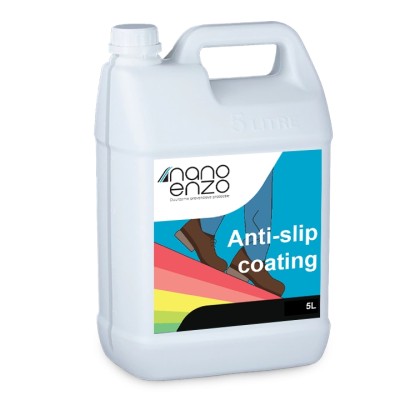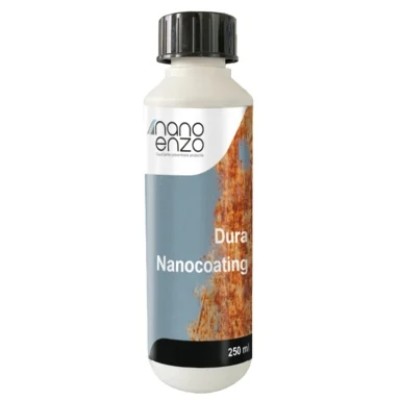You currently do not have any products in your cart.
-
Sustainability & Environment
-
Environmental Innovation
-
Premium Quality – Made in Europe
-
Ultimate Protection & Care
-
Efficiency & Cost Savings
Shipping & Nano Coatings: Innovation at Sea
Nano coatings increase safety and durability in shipping by protecting against corrosion, slip hazards and bacteria, and simplifying maintenance.

Home Shipping
Marine and Nano Coatings
In the marine industry, where sustainability and safety are paramount, nanotechnology offers exciting opportunities to improve performance and maintenance. Nano coatings, with applications ranging from glass and textiles to anti-corrosion and anti-slip, can make a significant contribution to the operational efficiency and safety of ships. This article explores how nano coatings are transforming the marine industry.
Applications of Nano Coatings in Marine
Glass Coatings:
Self-Cleaning Glass: Nano coatings on glass surfaces of ships make the glass self-cleaning by repelling dirt and water. This reduces the frequency of cleaning and provides a clear view with less effort. This is particularly useful for the large windows and portholes on ships.
Anti-Bacterial Coatings:
Hygiene on Ships: Nano coatings with antibacterial properties can be applied to surfaces such as railings, doors and floors to reduce the growth of bacteria and mold. This contributes to a cleaner and healthier environment on board, which is essential for the well-being of crew and passengers.
Textiles: The application of antibacterial nano coatings on textiles, such as bedding, cushions and seat cushions, helps to limit the spread of bacteria and improve overall hygiene.
Textile Coatings:
Water and Dirt Repellency: Nano coatings can make textiles on ships water and dirt repellent, which reduces the frequency of maintenance and extends the life of carpets, curtains and upholstery. This ensures a neater and cleaner appearance of interior textiles.
Stain Resistance: By treating textiles with nano coatings, stains can be removed more easily, which simplifies maintenance and preserves the overall aesthetics of the interior.
Anti-Corrosion Coatings:
Protection of Metals: Exposure to seawater makes corrosion protection essential for ships. Nano coatings can be applied to metal parts such as ship hulls, anchors and other structural parts to prevent rust and corrosion. This increases the lifespan of the metal components and reduces the need for frequent repairs.
Maintenance Reduction: The protection provided by nano coatings can significantly reduce the maintenance of metal surfaces, resulting in lower maintenance costs and increased operational efficiency.
Anti-Slip Coatings:
Safety on Decks: Nano coatings with anti-slip properties can be applied to ship decks and walkways to prevent slip and fall incidents. These coatings improve grip, especially in wet or slippery conditions, increasing the safety of crew and passengers.
Support for Safety Standards: The use of anti-slip coatings helps to meet safety standards and regulations, which is essential for operational management and regulatory compliance in the marine industry.
Interior Hygiene:
Ease of Cleaning: Nano coatings can be applied to floors, walls and other interior surfaces to reduce dirt and stains and make cleaning easier. This is especially valuable in high-traffic areas such as dining areas, lounges and spa areas.
Long-Lasting Protection: By using nano coatings, interior surfaces can remain in optimal condition for longer, contributing to a luxurious appearance and an improved passenger experience.
Benefits of Nano Coatings for Ships
Improved Maintenance Frequency: Due to the water, dirt and stain repellent properties of nano coatings, the frequency of cleaning and maintenance can be significantly reduced.
Extended Lifespan of Materials: Nano coatings help extend the lifespan of materials such as glass, textiles and metals by protecting them from environmental influences and wear.
Improved Hygiene and Safety: Antibacterial coatings contribute to a cleaner and healthier environment on board, while anti-slip coatings improve safety by preventing falls.
Cost Savings: Although the initial cost of nano coatings may be higher, the benefits of reduced maintenance costs and extended lifespan can result in significant cost savings in the long term.
Challenges and Considerations
Cost: The initial investment in nano coatings can be significant, especially for large-scale applications on ships. It is important to perform a cost-benefit analysis to evaluate the long-term benefits.
Application Methods: Applying nano coatings requires specialized techniques and expertise, which may require additional training or professional services.
Long-term Effects: It is critical to monitor the long-term effects of nano coatings on materials and environments to ensure there are no unintended consequences.
Conclusion
Nano coatings offer a range of benefits to the marine industry, from improved glass cleaning and textile maintenance to antibacterial protection, anti-corrosion and anti-slip safety. Their unique properties can help to improve maintenance management, create a healthier environment and provide a safer experience for crew and passengers. Despite the initial cost and the need for specific application techniques, the long-term benefits of nano coatings can more than justify the investment. With continued innovations in nanotechnology, the possibilities for nano coatings in the marine industry will continue to expand, helping to improve the quality and efficiency of this critical transportation sector




